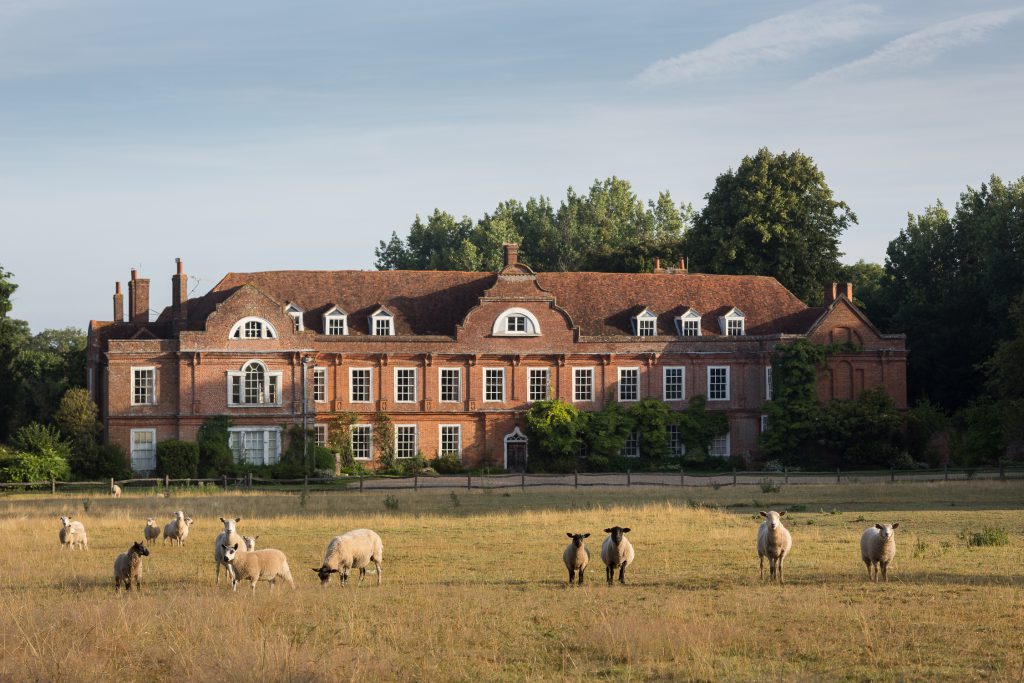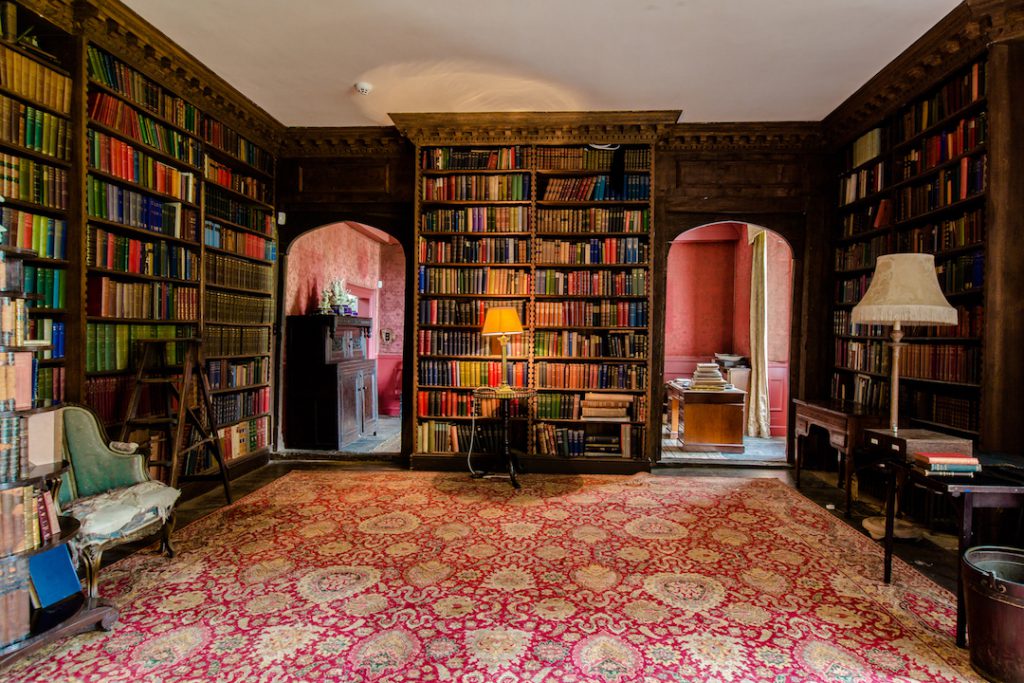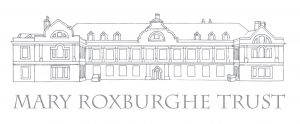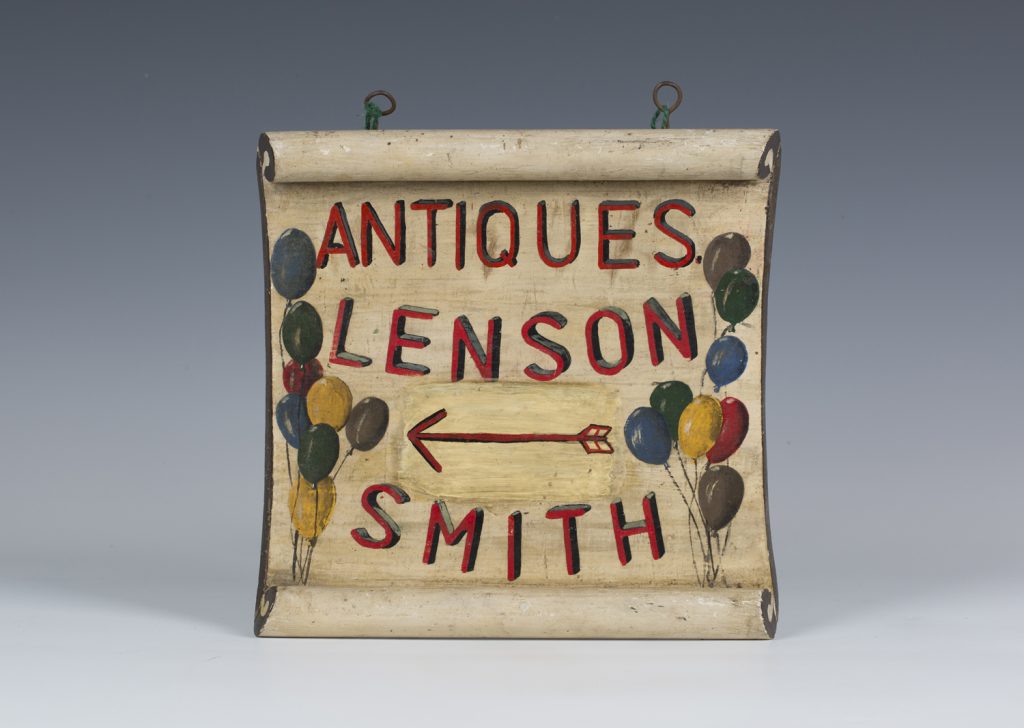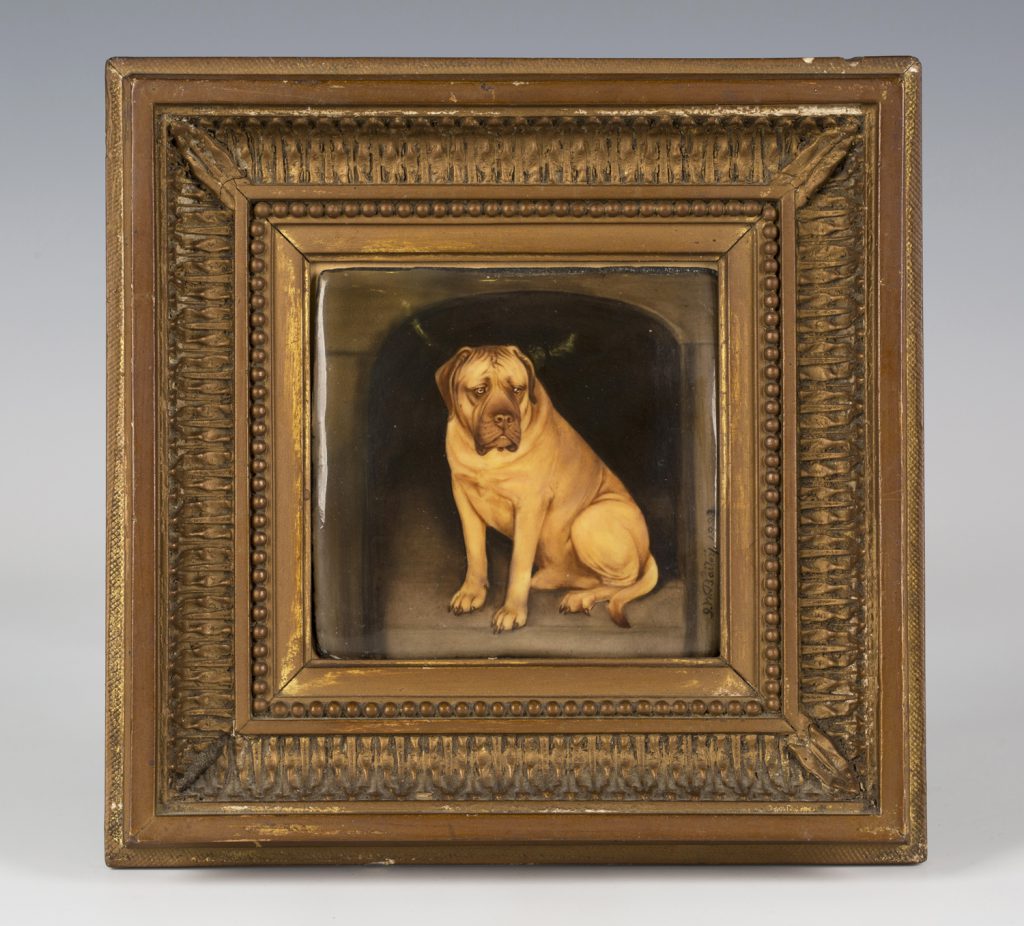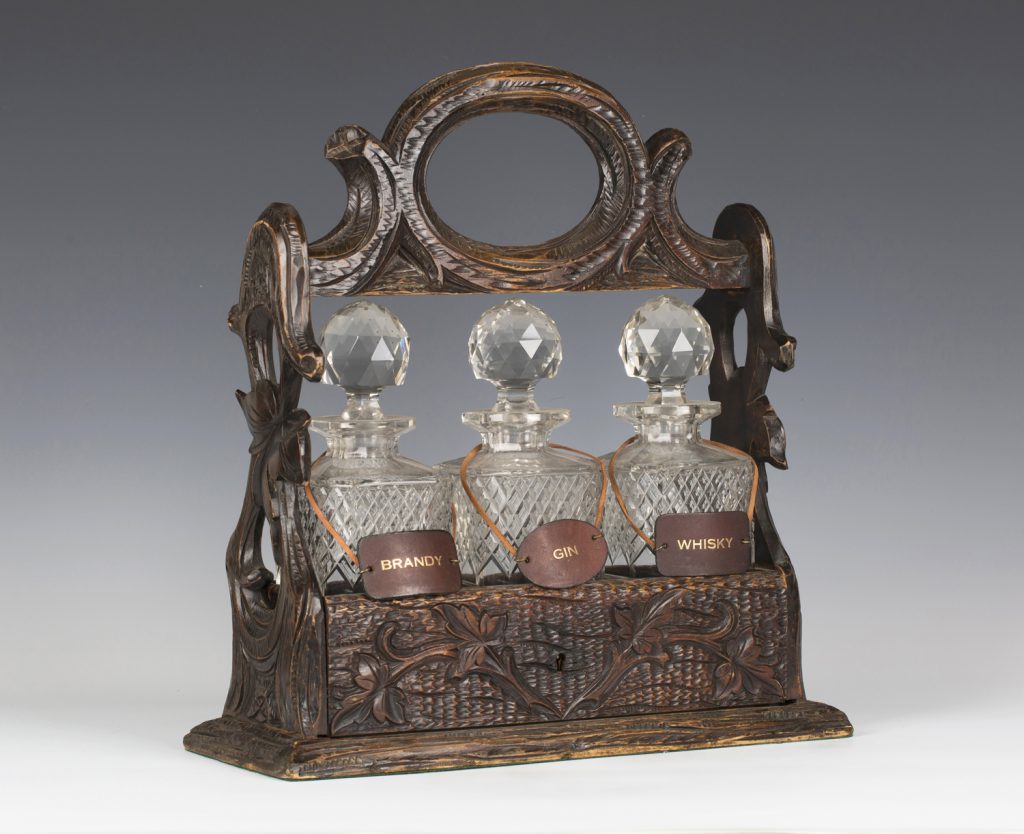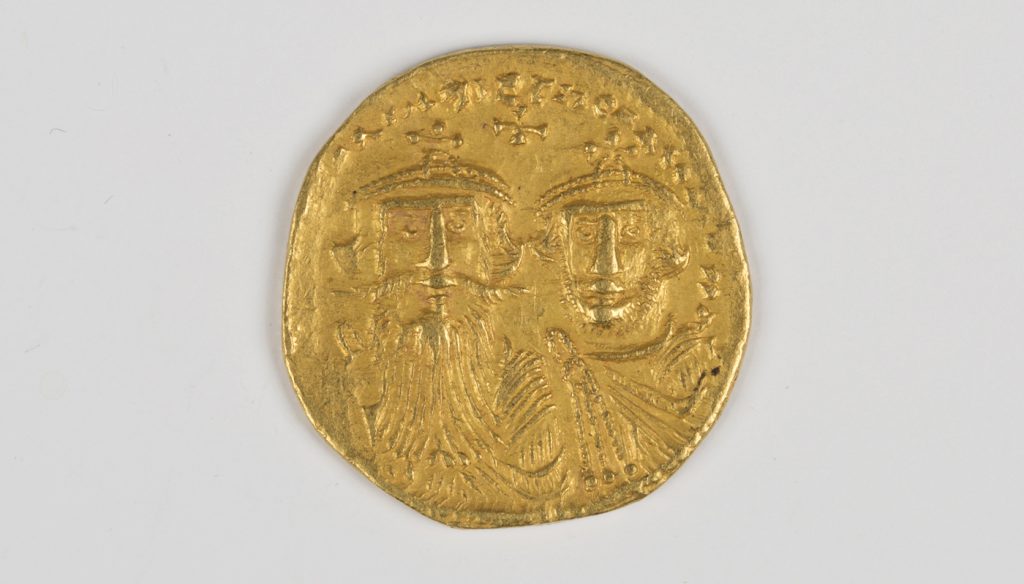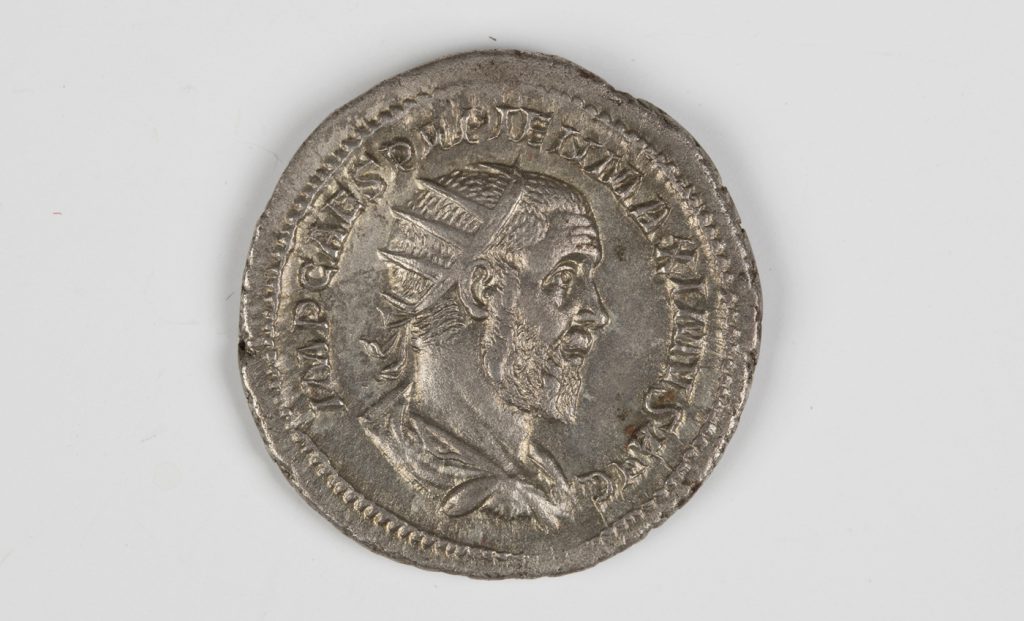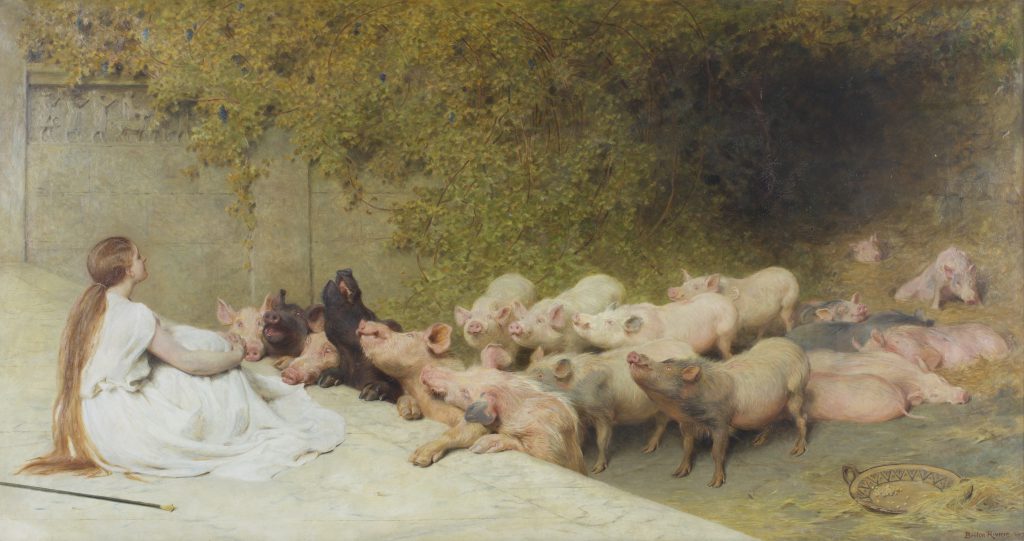
It’s been over 100 years since Briton Riviere’s Circe and the Companions of Ulysses was last seen in public.
The work, which features in Toovey’s September Fine Art Auction, propelled Riviere to fame after it was first exhibited at the Royal Academy in 1871.
Circe and the Companions of Ulysses is arguably Riviere’s most significant work to come to auction in recent years. It was first purchased by John Kynaston Cross, industrialist and Member of Parliament for Bolton, who served as Under Secretary of State for India during William Gladstone’s tenure as Prime Minister, until his death in 1887 when it was inherited by his wife. The first – and we understand – only time it appeared at auction was in 1911, at Tooth & Tooth’s, where it sold to the enigmatic art dealer William Walker Sampson with the gavel falling at £385 (an enormous sum at that time). Since then its whereabouts was unknown until it was recently discovered by Toovey’s at a local deceased estate.
The oil on canvas painting depicts a scene from Homer’s Odyssey – Circe, a beautiful maiden who possesses magical powers, lures Ulysses’s men to a feast and slips a potion into their drinks that transforms the men into swine.
In an interview with Harry How published in The Strand Magazine, (1896), Riviere elaborated on the conception of the work:
‘I was living in Kent at the time I painted it, and I kept pigs there; as a matter of fact, three of them. I had styes made at the end of the garden. By-the-by, pigs are remarkably good sitters. I have had a pig in this very room. They are very easy to manage, and will do anything you require; they really become quite sociable in time. I painted the figure of Circe in London, having by that time moved to the Addison Road. I put in the figure two or three times from a model, but could never get it to my liking. At last I found a lady friend who suggested the long haired daughter of Helios admirably, and I got her to sit’.[1]
The picture was met with critical acclaim for the depiction of the swine after the picture’s first outing at the Royal Academy in 1871. Visitors to the exhibition also revelled in the enchanting scene; John Pye, the celebrated engraver and J.M.W. Turner’s great friend, wrote ‘a charming letter of thanks to the young painter for the pleasure his work had given.’[2] Frederick Stacpoole was engaged to engrave a reproduction of the painting in 1875 – the first of Riviere’s works to have had this honour – and both the painting and the engraving were sent to Philadelphia for the International Exhibition of 1876 where Riviere’s painting was singled out for a medal. Circe, by now world-famous, was exhibited for the final time in 1887 at the Royal Jubilee Exhibition in Manchester.
Circe and the Companions of Ulysses will be offered with an estimate of £30,000-50,000* in our Sale of Fine Art on September 5th at 10am.
[1] The Strand Magazine, vol 11, 1896, p.8
[2] Armstrong, Walter ‘Briton Riviere R.A.’ in the Art Annual, supplement to the Art Journal 1891, p.10
*excluding buyer’s premium see www.tooveys.com for details
